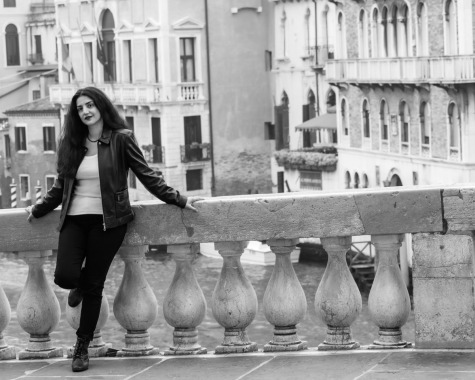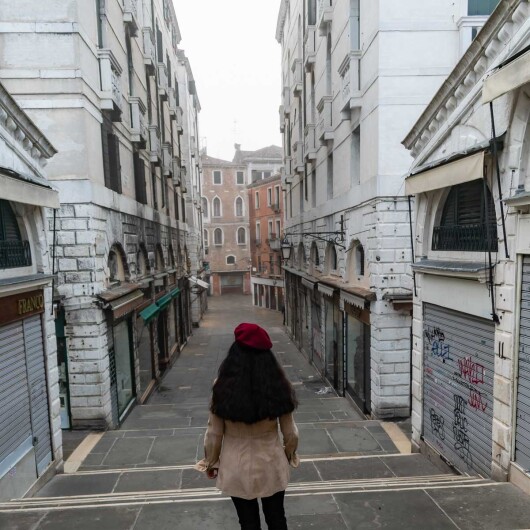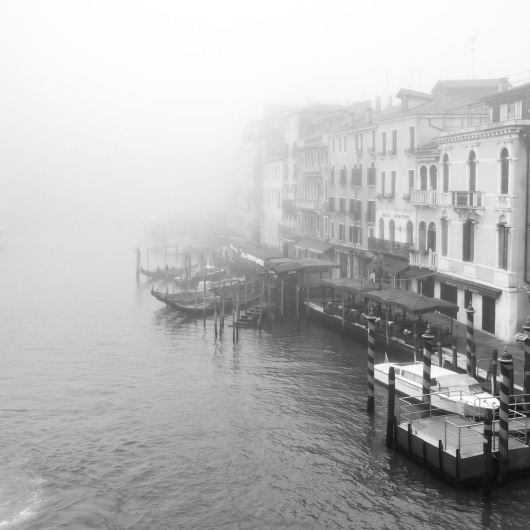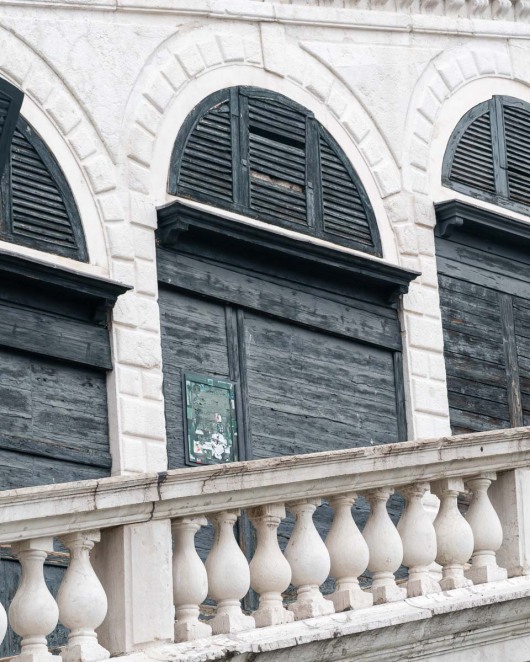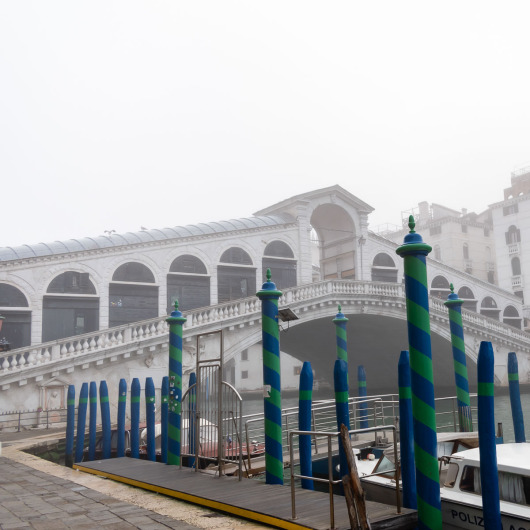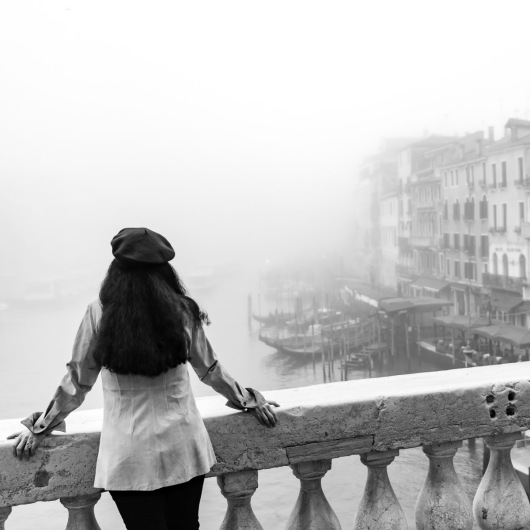Rialto Bridge
Venice's iconic stone bridge spanning the Grand Canal.
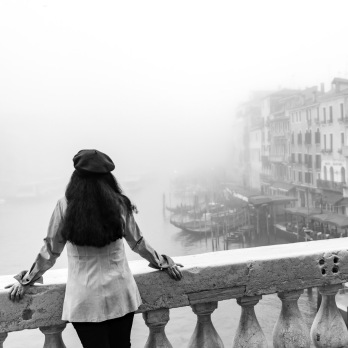
Reaching the Rialto Bridge
The Rialto Bridge, spanning Venice’s Grand Canal, connects the San Marco and San Polo districts.
Reach it by Vaporetto (Lines 1 or 2), a 10-minute walk from St. Mark’s Square, or by private water taxi. From Marco Polo Airport, take the Alilaguna water bus to Rialto or a bus to Piazzale Roma, then walk or take a Vaporetto.
Rialto Bridge Through Time
Constructed from 1588 to 1591 by Antonio da Ponte, the Rialto Bridge replaced earlier wooden versions lost to fire or collapse.
As the oldest span over Venice’s Grand Canal, it connected the vibrant Rialto Market with the city’s political heart.
Renowned for its architecture and cultural legacy, it appears widely in art and media, symbolizing Venice’s enduring spirit.

What Makes Rialto Unique
The Rialto Bridge's single 28-meter arch, which rises 7.5 meters, was a significant engineering feat, allowing boats to pass below and sustaining businesses above.
Built of gleaming white Istrian stone, it is home to lively stalls selling jewelry, souvenirs, and local crafts.
Its spectacular architecture, utilitarian purpose, and rich history make it one of Venice's most recognized landmarks.
Ideal Time to Visit
Late spring (April-May) and early fall (September-October) are great periods to come, with milder temperatures (15-25°C) and fewer visitors than summer.
Mornings provide quiet views and excellent lighting for photographs, while nights cast a romantic glow.
Avoid the acqua alta season (October to March), when high tides can flood the bridge and surrounding walkways.

Walking the Rialto Bridge
Crossing the Rialto Bridge feels like entering a real-life postcard. The Grand Canal runs below, framed by gondolas and old buildings, and provides a beautiful view.
The lively buzz of merchants and visitors adds to the ambiance, while the bridge's elegant arches display breathtaking scenery. Many people feel a strong connection to Venice's golden history in this ageless and enchanting location.
Tips for Smooth Exploring
Midday crowds are prevalent, so arrive early or late for a more peaceful experience. Keep valuables safe and keep an eye out for pickpockets in high-traffic areas.
Wear suitable shoes to navigate the bridge's steps and cobblestone walkways.
When snapping photos, be respectful and avoid blocking sidewalks or shop entrances to ensure that everyone has a great visit.
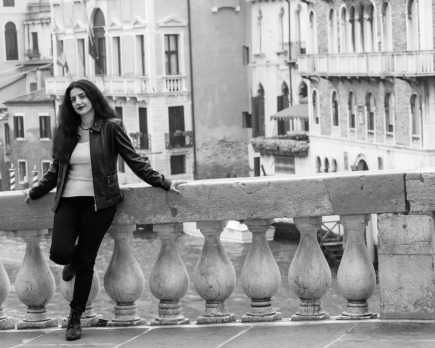
Nearby Attractions and Activities
Around the Rialto Bridge, visit the bustling Rialto Market in San Polo for fresh local produce. Walk 10 minutes to San Marco Square to see prominent attractions such as St. Mark's Basilica.
Take a gondola ride from the bridge's base, visit Ca' d'Oro for Venetian art, or admire the rooftop views from T Fondaco dei Tedeschi—free with pre booking.
Rialto’s Lasting Legacy
The Rialto Bridge commemorates Venice's history as a significant commerce center.
For decades, it connected the commercial bustle of the Rialto Market to the city's political heart, promoting vigorous economic life.
Today, it is a striking emblem of Venice's endurance and ingenuity, demonstrating the city's continuing ability to thrive on its network of waterways.
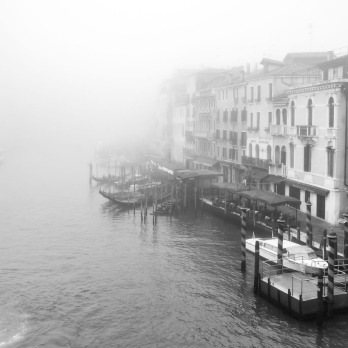
Heritage Status
The Rialto Bridge is part of Venice's historic core, which was listed as a UNESCO World Heritage Site in 1987.
While not individually classified, the bridge is an important feature in this well-known location, highlighting its architectural and historical significance.
It has served as a permanent symbol of Venice's nautical power and economic influence during its centuries of global dominance.
Rialto Bridge Legends
According to popular legend, Antonio da Ponte struck a deal with the devil to complete the Rialto Bridge in exchange for the soul of the first person to cross.
To trick the devil, a rooster was sent instead. Though most likely a fiction, this story lends an intriguing element of mystery and charm to the bridge's long history.
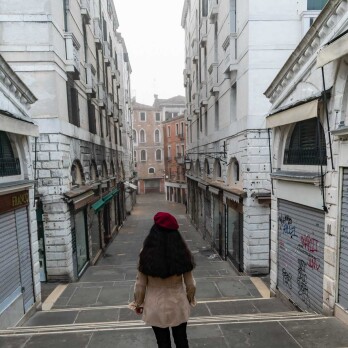
Rialto Bridge in Culture
The Rialto Bridge has inspired numerous artistic works.
Shakespeare's The Merchant of Venice depicts it as a thriving commerce town.
Canaletto's paintings reflected the beauty and relevance of Venetian life.
It has also appeared in films such as The Tourist and Spider-Man: Far From Home, illustrating its enduring popularity as a gripping cinematic icon.
Costs & Value
Access to the Rialto Bridge is free since it’s a public walkway, making it an invaluable experience with stunning views and a deep connection to Venice’s spirit at no cost.
While nearby activities such as gondola rides (€80–€100 for 30 minutes) or museum visits may require payment, crossing the bridge itself remains a priceless highlight.
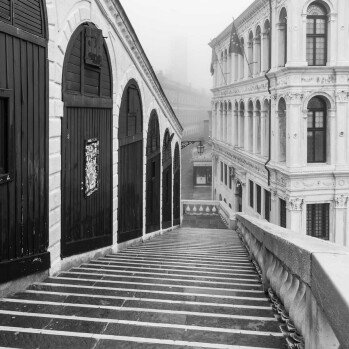
Visitor Suitability Guide
The Rialto Bridge invites people of all ages. Families with children will appreciate the bustling atmosphere, while strollers may find the steps challenging. Elderly visitors should exercise caution when navigating the steps, or utilize neighboring ramps if accessible. Children are generally captivated by the nearby lively market and gondola rides, making it an enjoyable experience for them.
Rialto’s Economic Impact
The Rialto Bridge is crucial to Venice's tourism industry, receiving millions of visitors each year. Its shops and adjacent market support local vendors, and its popularity aids nearby eateries and gondola operators.
This monument substantially benefits Venice's economy, which is heavily reliant on tourism, making it an important hub for both trade and visitor activities.







